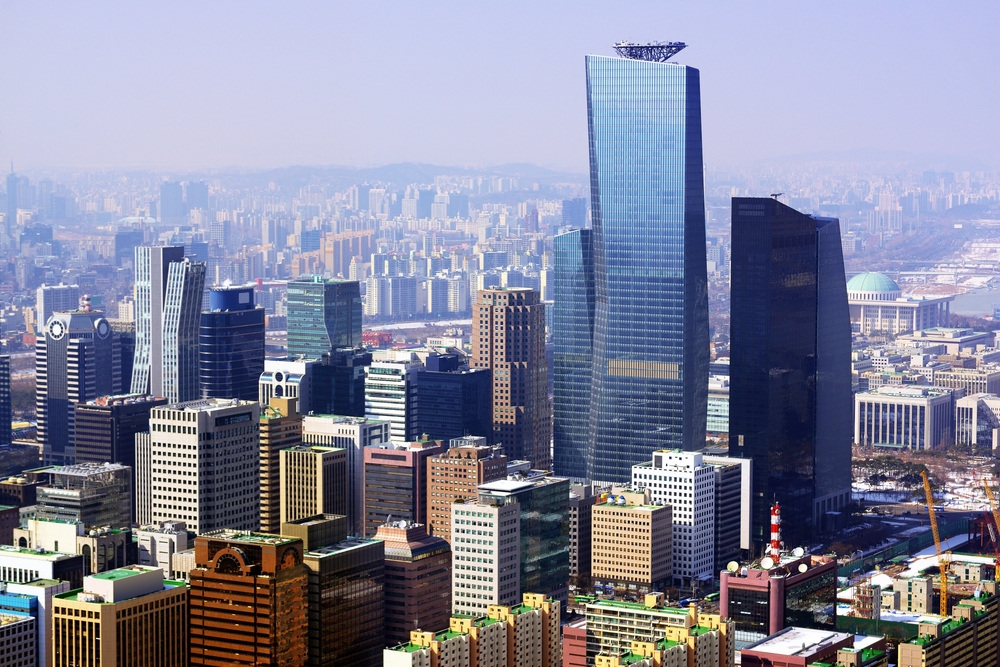Newsletter
What Is Smog?
Smog, a combination of “smoke” and “fog”, is a type of severe air pollution that affects visibility. There are several different types of smog, each of which has different causes and results. Smog frequently occurs in areas of high traffic or industrial areas, reducing air quality and having a detrimental effect on health.
Sources of Smog
There are three primary types of smog:
- Sulfurous smog is a result of industrial processes, such as coal-burning, that produce large amounts of sulfur dioxide. This is the stereotypical “pea-soup fog”, which is usually thick and blackish. Sulfurous smog generally occurs in areas where there is more industry, or places that rely on fossil fuel combustion for energy and heating.
- Photochemical Smog is generally found in urban and industrial areas and occurs when hydrocarbons from vehicle exhaust react with sunlight to produce ozone. It tends to be hazy and yellow. This type of smog is typically found in cities, particularly at busy intersections or areas with high vehicle traffic.
- Volcanoes are a prominent source of natural smog, which produces sulfur dioxide during eruptions. To differentiate it from man-made sources of smog, this is also known as “vog”, and it tends to be greyish in color. While vog usually only affect the immediate surroundings, it is possible for them to impact a much larger area.
Health Effects of Smog
Smog can have a number of potential health effects. Short-term health effects include coughing, throat irritation, and tightness of the chest. It can also aggravate other health conditions, and may disproportionately affect vulnerable populations. Frequent exposure can also have long-term health implications, such as permanent lung damage or various respiratory illnesses.
How to Protect Against Smog
Strategies to protect against smog include:
- Avoid areas of heavy traffic and other places with high levels of pollution
- Reduce outdoor exercise when pollution levels are elevated (See Air Quality Index)
- Take steps to reduce your own emissions by driving less, making sure your car is well-maintained and ensuring that any chemical products in your home are tightly sealed
Kaiterra provides air quality monitors and an IAQ analytics dashboard for healthy buildings and offices, helping workplace leaders and healthy building pioneers assess and improve their indoor air quality. Our indoor air quality monitors like the Sensedge and the Sensedge Mini can be found in many of the world’s most iconic buildings and workplaces, such as the Empire State Building and the Burj Khalifa.






.png?width=200&height=148&name=Menu%20C%20(2).png)

.png?width=307&height=228&name=Menu%20-%20D%20(1).png)
.png)




